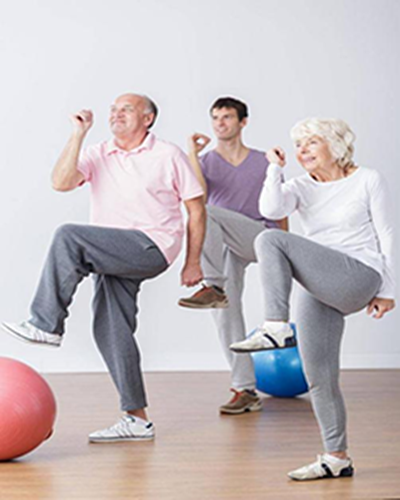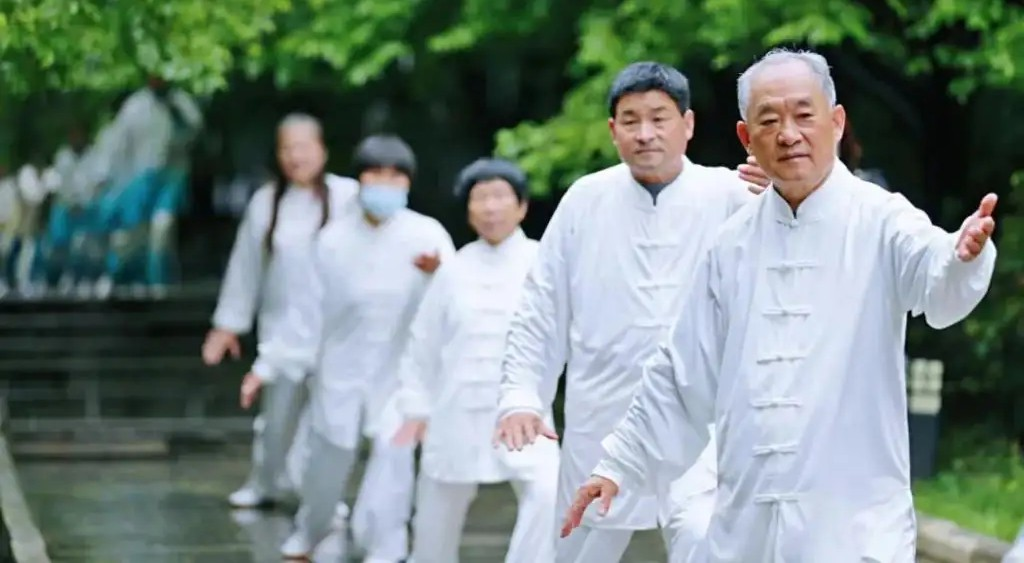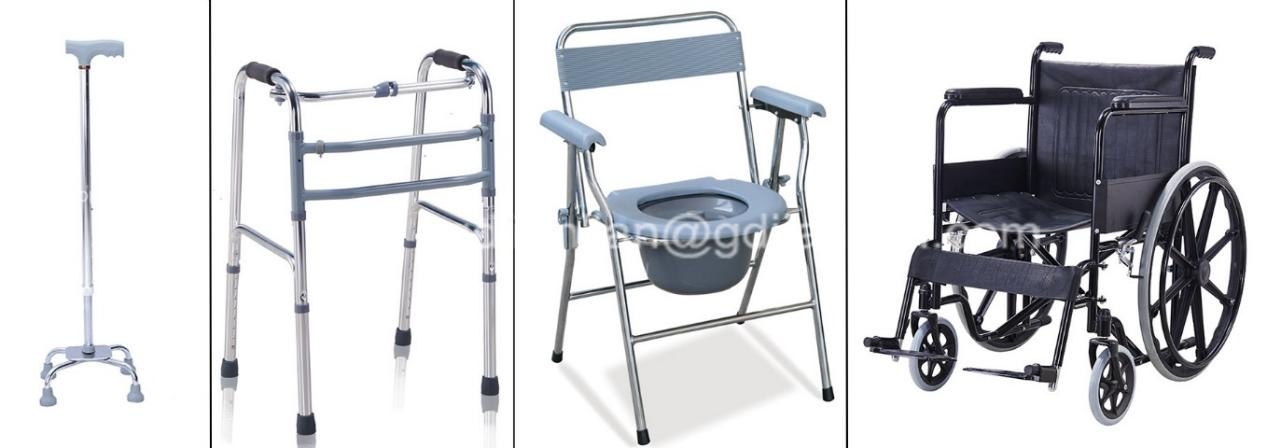According to the World Health Organization (WHO), falls are the leading cause of injury-related death among adults 65 and older and the second leading cause of unintentional injury deaths globally. As older adults age, the risk of falls, injury, and death increases. But through scientific prevention, risks and hazards can be reduced.
Correctly recognize and adapt to aging, and actively adjust behavior habits.
Take it slow in your daily life, don’t rush to turn around, stand up, open the door, answer the phone, go to the toilet, etc. Change these dangerous behaviors as follows: stand up and put on pants, go upstairs to fetch objects, and do vigorous exercise. Elderly people with limited mobility should choose assistive devices guided by professionals, and actively use canes, walkers, wheelchairs, toilets, handrails and other devices.
The elderly should wear well-fitting clothes and trousers, not too long, too tight or too loose, so as to keep warm without affecting physical activity. It is also important to wear flat, non-slip, well-fitting shoes. They both help prevent falls. Age-appropriate adjustments are best made at home to reduce fall risk factors in the environment. When the elderly go out, they should pay attention to the risk factors of falls in the outdoor environment, and develop the habit of paying attention to danger when going out. Exercises that strengthen balance, muscle strength, and endurance can reduce the risk of falls.
Exercise can reduce and delay the effects of aging on physical function and help reduce the risk of falls. Doing tai chi, yoga, and fitness dance can exercise all functions of the body more comprehensively. Older people, in particular, can develop a variety of different abilities through different exercises. Balance can be strengthened by standing on one foot, walking on the sidewalk, and stepping. Strengthening the muscles of the lower body is also necessary. Heel lifts and straight leg back lifts can increase it. Endurance can be enhanced with walking, dancing, and other aerobic exercises. The elderly should scientifically choose the form and intensity of exercise that suits them, follow the principle of step-by-step, and develop the habit of regular exercise. Prevent osteoporosis and reduce the risk of fractures after a fall.

Exercise has a positive effect on the prevention and treatment of osteoporosis, and outdoor sports such as moderate-speed walking, jogging, and Tai Chi are recommended. Additionally, proper weight-bearing exercise allows the body to gain and maintain maximum bone strength. It is better for the elderly to eat more dairy products, soy products, nuts, eggs, lean meat, etc. with moderate protein, high calcium and low salt content.
Last but not least, perform regular osteoporosis risk assessments and bone mineral density tests. Once older adults start to suffer from osteoporosis, it should be detected. If osteoporosis is diagnosed, the elderly should be actively treated and receive standardized treatment under the guidance of a doctor.
Post time: Oct-18-2022






